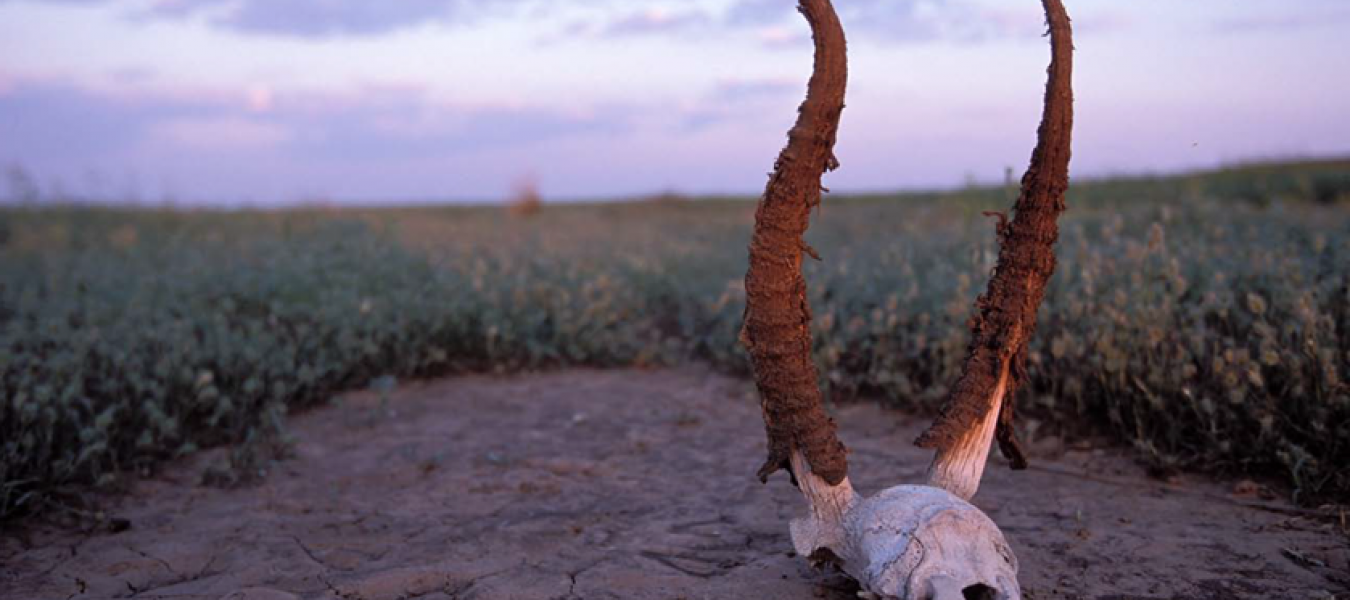
Laws And Regulations For Sustainable Living
An activity to get children thinking about environmental legislation.
Environmental laws and regulations may be introduced for one of the following reasons:
1. People see that something in the environment is going wrong.
- For example, too many saiga have been killed and their population has decreased to a very low level; so a law is introduced to protect saiga.
2. People have the foresight to look ahead to the future and see that a particular practice could result in great damage to our environment.
- For example, the construction of railway lines and roads can create barriers that stop wildlife moving between areas of their natural habitat. By introducing regulations that state that wildlife friendly crossing points must be built at the same time as roads and railway lines this negative impact can be reduced.
3. People realise that the environment sustains our life on this planet and it needs protecting.
- For example, the steppe grasslands are an important grazing area for wildlife and for domestic animals. By making laws that prevent overgrazing, the steppe is protected for the benefit of wildlife and people.
Preparation
|
You stop children disturbing a bird's nest |
You drive only on previously used dirt roads and do not make new tracks across the steppe
|
You repair your car so that it does not produce smoky smelly exhaust fumes |
You persuade someone to stop eating saiga meat |
|
You conserve water in your house and garden |
You throw rubbish out of your car window |
You explain to a tourist that he cannot hunt within a protected area
|
You hunt a saiga
|
|
You sell saiga horns |
Your car has a leak and discharges petrol or oil onto the steppe |
You report to the police a man is illegally hunting saiga
|
You wash out an empty insecticide container in a river
|
|
You put your rubbish into a litter bin
|
You reuse plastic bottles and bags |
|
|
1. Photocopy the table above. There are nine helpful actions and five harmful actions.
2. Cut out the squares as individual "cards". Each card shows an action.
3. Work in small groups.
Activity
Decide which of the actions HELP us and the environment and which of the actions HARM us and the environment.
Discussion and Follow-Up
When you have separated the two groups, decide WHY and HOW each action is helpful or harmful to people and the environment.
What laws or regulations about these actions would you make if you could?
